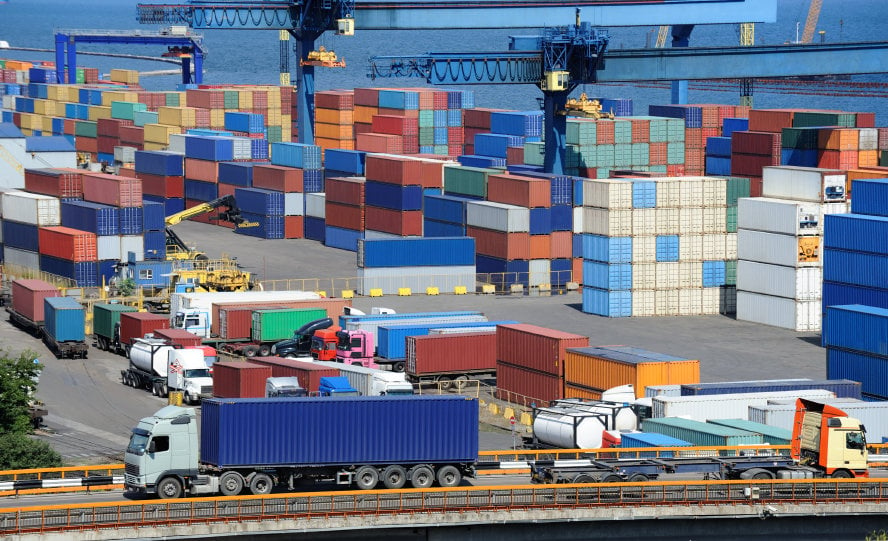GRI (General Rates Increase) is the average amount by which Carriers tariff rates increase applied to base rates. In a stable market, GRI apply on contract sales once a year at the end of the year. However we have faced 13 GRIs on 2012 which makes more than one increase in each month and 5 GRIs in the first half of 2013. When I was writing this article yesterday, June 27th, despite the official announcements has been made about GRI effective on July 1st 2013, it was still not clear if it was going to be applied especially after seeing weak market demand forced the carriers to postpone previous GRIs. Today all the carriers other than UASC, officially announced the increase. UASC extend June rates until July 15th.
The market has been experiencing a drastic decrease after each GRI implement for the following weeks after it occurred in each time. Even though imports increase %1 at first quarter of 2013, compare to first quarter of 2012, we see lower rates than last year. Carrier’s new larger vessels being on the water this year and making supply increase %6 has a big impact on the level of rates. Below chart shows the rate index for the last 4 years out Shanghai (one of the biggest and busiest port in China) to US West Coast and East Coast. You can easily see the effort of Carriers to recover losses from 2011. Quite simply, the shipping lines have little room left to move.
Profitability this year has been unachievable as overcapacity and poor demand saw rates lingering at below break-even and a stubbornly high oil price pushed operating costs to new levels. The TSA (Transpacific Stabilization Agreement) has been concerned about current freight rates and called for a general rate increase. The reason for this is that many freight shipping companies are losing money due to low rates and high fuel costs. It has become difficult for carriers to maintain proper service levels during the drop in freight rates due to the economic crisis. TSA members were recommending a further guideline general rate increase for all commodities in the amount of $400 per 40-foot container (FEU) to the U.S. West Coast and $600 to all other destination, subject to contract terms, effective July 1, 2013. Today announced numbers are the half of what mentioned above.
Shippers are happy to play in the spot market as long as rate levels remain low and they want to avoid being locked into 12-month contracts when there is such volatility in rates. NVOCC’s and 3PLs are also happy that shippers are less interested working with carriers directly compare to last years.






